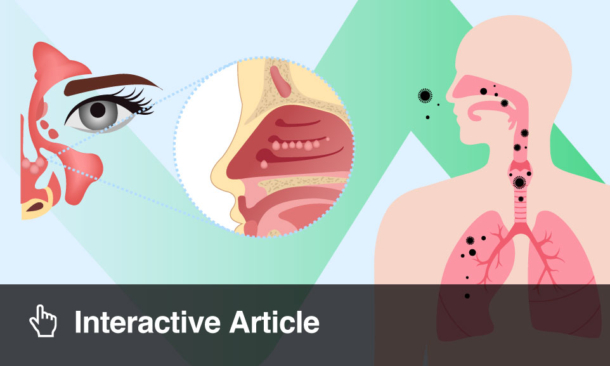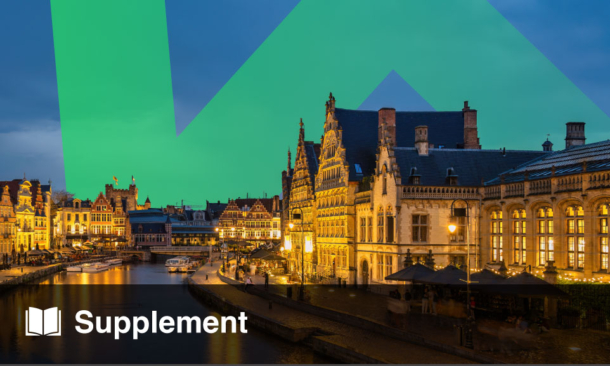FOOD ALLERGY affects many children and places a heavy burden on families, yet financial supports are scarce. A recent mixed-methods study evaluated NOURISH-US, a revised food-supplement programme designed to ease costs for households with a child aged 12 or younger managing any food allergy.
The need for strict avoidance of allergens makes everyday food purchasing more expensive and time-consuming. Previous Canadian work indicated families with a food-allergic child spent substantially more on groceries even before the pandemic, and COVID-19 further increased those costs. Beyond direct food spending, families incur expenses for epinephrine auto-injectors, specialised childcare and frequent healthcare interactions. Indirect costs, time lost to label reading, meal planning and healthcare appointments, also contribute to financial strain.
NOURISH-US delivered biweekly boxes of allergen-friendly foods and recipes, broadening an earlier dairy-specific pilot. Using a concurrent nested design, the study combined quantitative cost measures with in-depth interviews. Results were nuanced. Quantitatively, total indirect food costs fell when families received packages, largely due to reduced food preparation time. Surprisingly, reported direct costs for groceries, prepared meals, and medications increased slightly during the delivery period.
Qualitative interviews help explain these counterintuitive results. Many participants said the deliveries freed up money that they then used to buy higher-priced items they had previously avoided, improving variety, convenience or perceived quality. Behavioural economics suggests such “found money” tends to be spent rather than saved, which could account for higher measured spending despite perceived savings when specific items provided by the programme replaced purchases families would otherwise have made.
Participants welcomed the allergen-friendly recipes and convenience foods, reporting reduced meal-planning strain and less time spent preparing food. The intervention, valued at around 23% of monthly food costs, produced a reduction in indirect costs. However, the study was small and underpowered, relied on self-report measures, and experienced differential attrition that may bias results towards higher-income, two-parent households.
NOURISH-US offers promising insights: designed food deliveries and recipe support can ease some time burdens for families managing paediatric food allergy, but effects on household spending are complex. Larger, more objective trials are needed to determine whether such programmes can reliably reduce financial and psychosocial burdens for families across diverse settings.
Reference
Golding MA et al. NOURISH-US: a mixed-methods, randomized crossover study of a program designed to reduce the financial burden of food allergy. Allergy Asthma Clin Immunol. 2025;21(1):37.






